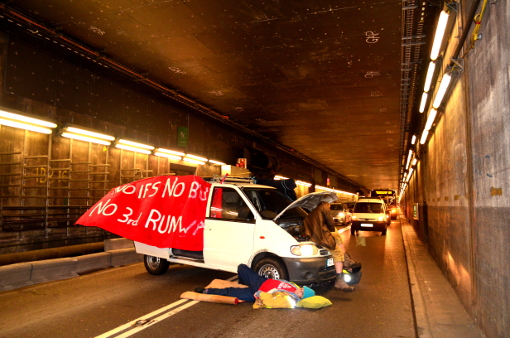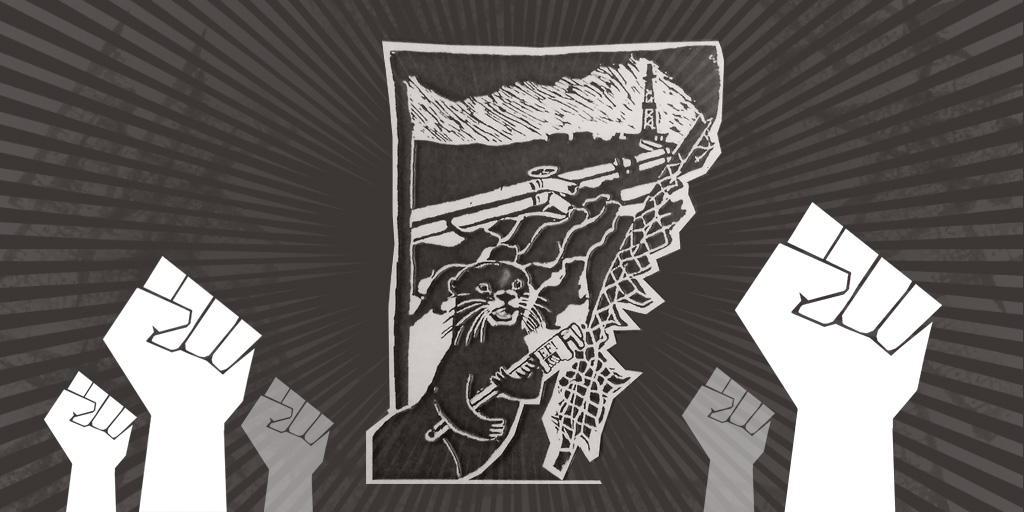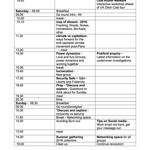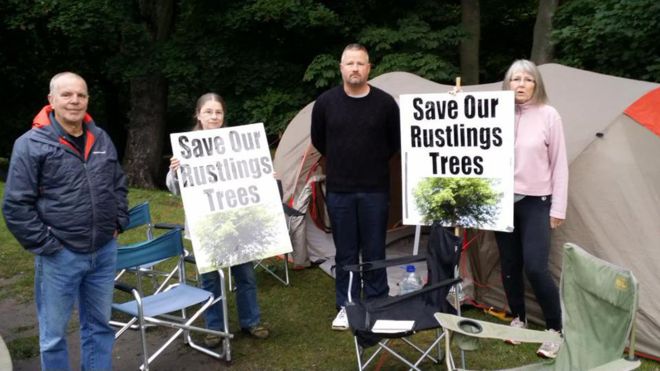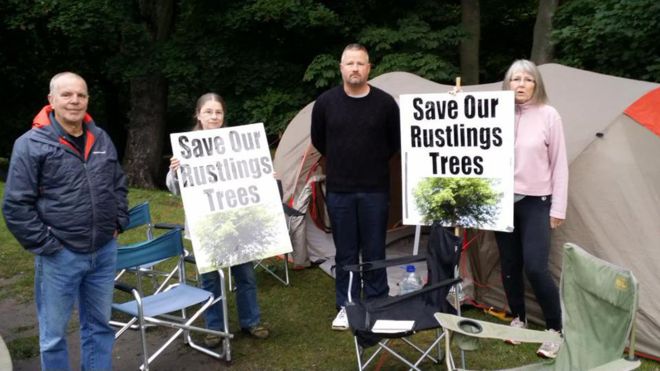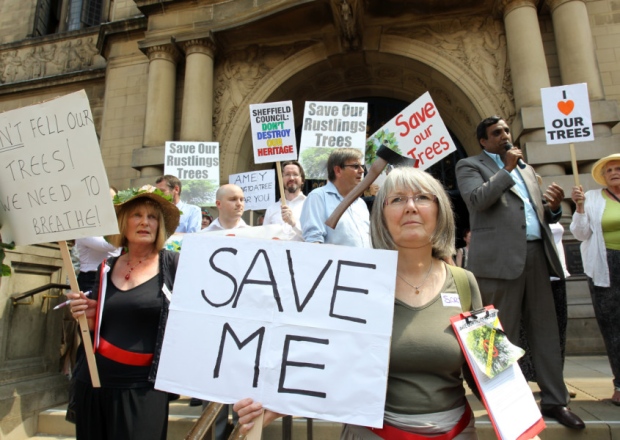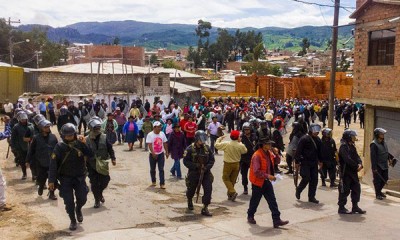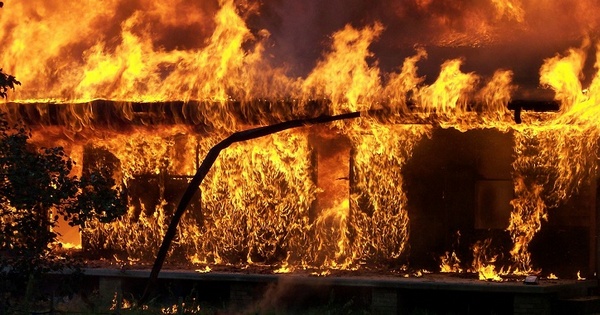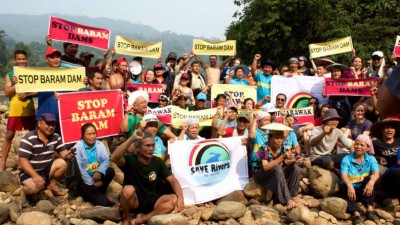The main road entrance to Heathrow airport, London, was blocked by climate change activists for four hours early on Thursday morning, causing a traffic tailback several miles long. Three members of anti airport expansion campaign group Plane Stupid parked a vehicle across both lanes of the inbound tunnel and locked their bodies to it, unfurling a red banner quoting David Cameron’s election promise: “No Ifs, No Buts: No Third Runway”. David Cameron has promised a decision by the end of the year on whether to build another runway at Heathrow.
This action represents an early entry for the Climate Games, sending a clear message to the UK government that expanding aviation is a no-go for the climate; were it to go ahead the UK would undoubtedly miss its emissions targets as set out under the 2008 Climate Change Act.
Nor will aviation expansion benefit the majority of the population or businesses, as is often claimed. The demand for airport expansion is being driven by rich frequent flyers. Last year, less than half of people in Britain flew. Of those who did, a mere 15% of flyers took 70% of our flights. As well as noise and air pollution, poor people are paying the price in droughts, flooding and storms so that the rich can cook the planet with frequent leisure flights. Whilst we might hope that David Cameron might live up to his pre-election promise – “no ifs, no buts, no third runway” – we can’t rely on it. Partly after being forced to take non-violent disobedient action where all other options were exhausted, we stopped a third runway before and we’ll stop it again this time too.
#RedLines
At the COP21 talks this year in Paris, the theme for the mass day of action on December 12th (D12) is Red Lines. These blockades will represent lines that cannot be crossed if we are to stay within the 2C rise in global temperatures. Failure to stay within this threshold will take us down a road where even if we reduce emissions to zero, feedback loops will mean that emissions will continue to rise: climate chaos.
In reality there are many Red Lines we should not cross, but governments and corporations seem intent to do so. In the UK this includes the aviation industry, which if it continues to grow at its current rate will by 2050 emit all of the carbon it is safe for the UK to emit. Beyond this, other red lines that are close to being crossed nationally include increasing unconventional fossil fuel extraction through fracking and a government’s ‘dash for gas’ to build power stations rather than renewables. Internationally, there are similar concerns as well as a clear need to stop lignite coal mining in Germany and the Tar Sands in Alberta, Canada. Whilst there are many such examples of industries that cannot continue, overall the science dictates that the fossil fuel industry must transition to renewables and most of the carbon must be kept in the ground.
Beyond the Paris conference
Unlike the climate talks in Copenhagen, many activists are going to Paris with low expectations. We know that the heads of state and business leaders won’t come up with a satisfactory deal to prevent climate catastrophe. Naomi Klein writes in ‘This Changes Everything’ that climate deals always come in second place to trade deals as corporate profit and perpetual economic growth are ideologically untouchable in our neoliberal era. With this in mind, the aim for many activists is to see the Paris talks as a way for us all to network between struggles and to show on day 12 that if our ‘leaders’ won’t do it, then we can stop climate chaos ourselves. Unfortunately, with the recent events in Paris, marches have been banned out of fears over safety, which may mean that our mobilisations might not be as big or as effective as we hoped.
However, given that we know that the solutions to the climate crisis won’t come from the COP, let’s see this as an opportunity rather than a problem. Let’s get out and take action wherever the real #RedLines are: the dirty fossil fuel industries, the unsustainable, undemocratic mega-projects. #ClimateGames starts tomorrow. In this game we have nothing to lose but our fears. We have our whole futures to win. Asking our ‘leaders’ to solve our problems has left us with the hottest years on record, year after year. We are the solution we’ve been waiting for.
We are not fighting for nature. We are nature defending itself.

